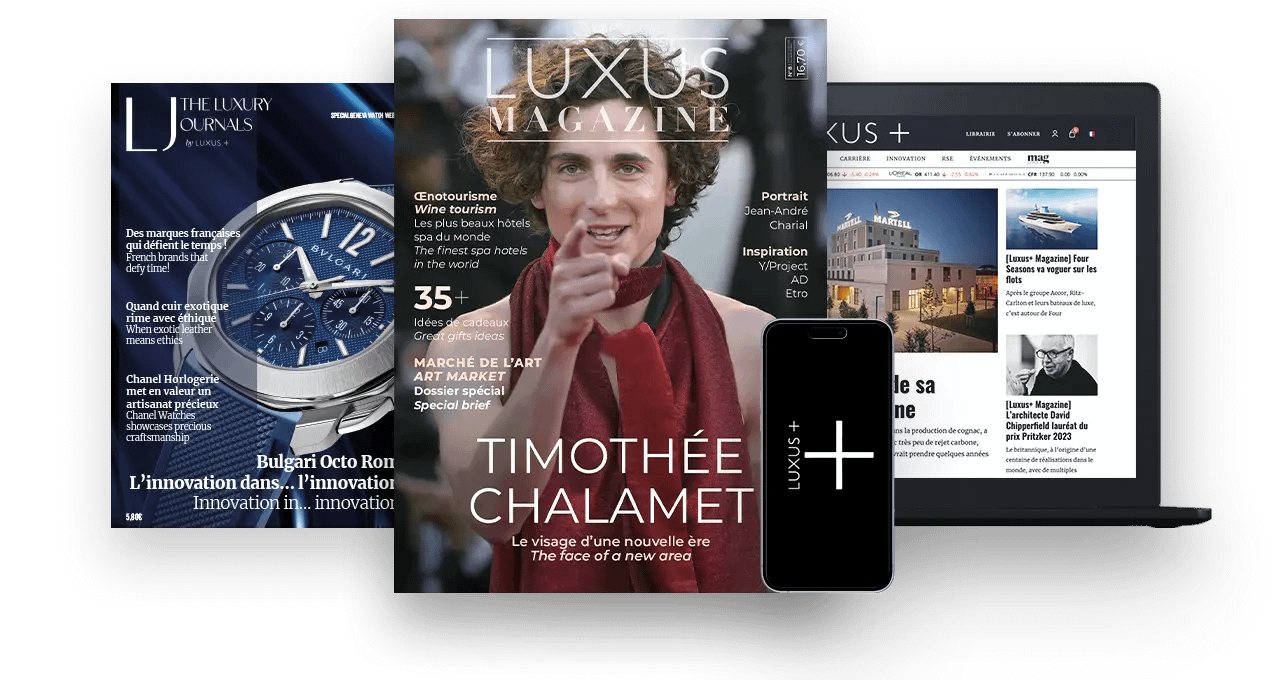If there is one area where luxury has been reluctant to venture, it is humor. But that was before it encountered Generation Z. A cohort raised on brand parodies, meme culture, and, above all, irony, puns, and other “funny quips.” Fashion brands have understood this, with LOEWE, Sofitel, Balenciaga and now Dior all giving it a try. But is it really worth the effort?
For a long time, humor in luxury was limited to the openly smiling works of Chinese artist Yue Minjun, the poetic campaigns bathed in a gentle lightness imagined for Hermès, the sharp retorts of Karl Lagerfeld during a high-energy after-show, and a new stylistic grammar (J’Adior, Fendace, etc.). . In a word: a rarity.
With a Generation Z fond of wordplay and irony at every turn, luxury brands have been on the move since Chanel’s 2019 campaign with actress Camille Cottin. The latest, and not the least, are Hublot and Dior.
Of course, the exercise—more perilous than it seems—has nothing of the instinctive spontaneity of a stand-up comedian, let alone a punchline delivered in prime time, as was once the case with Thierry Ardisson or today on a YouTuber’s channel.
A gap to be recreated
“So, is this fashion show casting for a grumpy brand or asmiling brand?”
The presenter, a bit of a ham, in the opening sequence of Ruben Östlund’sfilm Sans Filtre (Triangle of Sadness) (2022), recalls a long-standing prejudice in the luxury sector: Smiling or laughing on a catwalk or in an advertising campaign is still considered by many in the industry to be vulgar, vulgar and therefore associated with accessible brands or, worse, mass-market brands. Thus, a simple smile or a pout on a model would allow us to know whether it is a campaign for H&M or Balenciaga.
Read also > Audemars Piguet: humorous wishes to mark the change in management
Featured photo: Unsplash







































